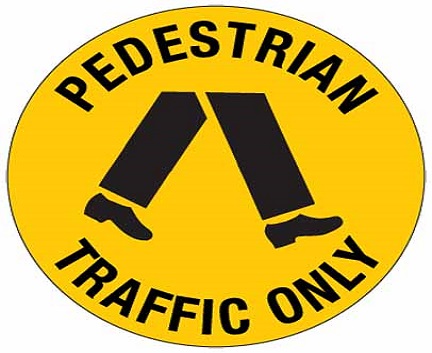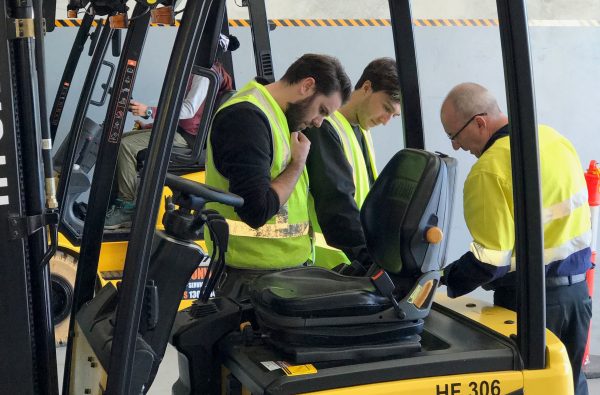![5 Inexpensive Ways to Reduce The Occurrence of Forklift Accidents teaser]()
11 Sep 2018
In any warehouse, there’s a lot of machinery that can pose a risk to workers. One such machine, and a surprisingly common workplace risk, is the forklift. An integral part of any warehouse operation, forklift related accidents can have devastating effects on both workers and warehouse operations. To alleviate the risk of forklift related accidents, and ensure a safe working environment for all workers, here is five inexpensive ways to reduce forklift related accidents in the workplace.
1. Regular Training
While OH&S standards require forklift training for anyone operating the machine, it’s even more beneficial to put your entire staff through the training. All areas of the business may encounter a forklift at one point or another. Educating everyone on the correct procedures can reduce the chance of accidents to those who aren’t necessarily operating the machines, but could still be harmed when working in close vicinity. Regular refresher training sessions are cheap to run and ensure that everyone is across the processes, as well as keeping each new starter and visitor is informed.
2. Keep It Clear
A warehouse is a constantly moving workplace; there’s incoming and outgoing trucks, machinery, employees and site visitors. When working in an area that has so many moving aspects, accidents can easily happen. Where possible, section out your warehouse with line marking into areas designated to trucks, pedestrians and warehouse machinery. Working in the same way that roads and footpaths work, this creates a clear outlay of where each group should be and reduces the chance of workers or visitors accidentally wandering into the path of a forklift or similar machine.
_1.png.aspx)
Pictured: Anti-Slip Tape
3. Simple Signage
Sectioning out your warehouse is easier with simple-to-follow but hard-to-miss signage. Not unlike the road signs we see every day, using bright yellow signs that show what area you are entering in an warehouse, is an easy way to remind your workers where they are and how vigilant they need to be. In addition, using signs to show direction of traffic can help visiting drivers know their way around the warehouse.

Pictured: Floor Graphic - Pedestrian Traffic Only
4. Load Management
Although this sounds like an obvious one, sticking to the forklift guides and following the correct procedures are imperative to keeping your warehouse safe. The guides are there to ensure the forklifts are used correctly to minimise safety risks to drivers, pedestrians and the cargo on board. While adding more cargo to a forklift at one time may seem like it’s more efficient, the risk of accident is not worth the potential time saved. Signs or regular refresher sessions can ensure that your workers know the importance of sticking to their weight loads and safe stacking procedures when operating machinery.
5. A Well-Oiled Machine
While repairs and maintenance of machinery may seem time consuming, keeping your machines in high level running order assist in ensuring your forklift drivers are safe. Each forklift driver at the start or end of their shift can do regular checks of the oil, tyres, and also monitor for any leaks or damages. If they find any issues, contact a professional to attend to repairs as soon as possible. Being pro-active about repairs and maintenance is a far better position to be in, than risking accident and then reacting to the problems.

Are you looking for attachments for your forklifts? We can help! Contact us on 1300 305 314 to speak with one of our friendly consultants or send us an email at sales@backsafe-australia.com.au.
Back To News Stories